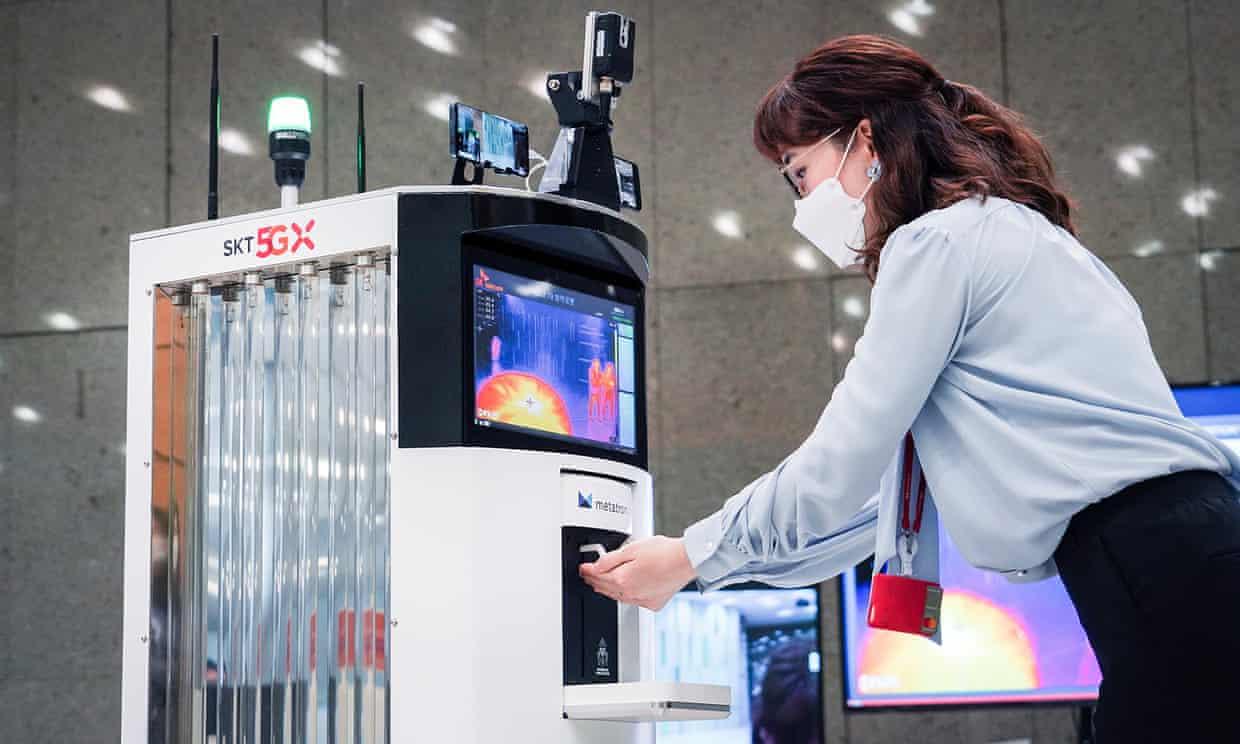03. Public Intimacy.
For a long time intimacy has been perceived as an exclusively personal and private experience that should, and could not be shared with too many people, especially strangers. Yet, an interconnected younger generation with a new value set and empowered by the power of technology is challenging this notion and beginning to stretch the boundaries of what is considered public, private, or personal. By exploring new shared experiences of closeness and connection, and even by looking at intimacy as an intrinsically collective experience, we might change our understanding of what it means to be intimate in the 21st century. It can help people to feel more connected to themselves and the people and world around them.
From Private to Public.
More people is opening up to share their intimate experiences in open and public (virtual) spaces. The sharing of these intimate moments is allowing to destigmatise the notion that intimacy should be kept in the dark, private, secretly hidden from others. On the contrary, by allowing us to learn from each other’s experiences and opening up to more open and honest conversations, we can bridge the gap between reality and expectations. We love the example of facilitated spaces such as Dark Rooms, where performance, art and sex-positivity merge into one collective experience. Interesting questions arise when private intimacy is shared or blended with the public: ‘does the individual let go of the intimacy they owned?’ and ‘is intimacy even owned by anyone in the first place?’
Enter The Dark Room.
Dark Room event (London, UK) is a sex-positive poetry workshop followed by a night of performances inspired by kink, erotica, self-love, and relationships. The collectiveness of the experience iss emphasised by the openness of formats, and participants being able to share their work and conversations around sex-positivity.

You Just Missed The Twitter Orgy Of The Century.
To celebrate May as the official month of masturbation, the tech company Lovense organised a Twitter orgy, wherein participants could experience vibrations in real-time as Twitter users posted using official hashtags. The event held in the public digital space created an experience of collective and synchronous pleasure.

New Boundaries For Intimacy.
When people express intimacy in public spaces, different boundaries are set or sometimes even enforced by the public itself, or by legal structures or governments. In the last two years, we have seen plenty of examples where intimacy, closeness and touch have been limited and constrained by public authorities. How will this evolve in the future ahead? What happens if touch and public intimacy are under control and supervision? We see that governments around the globe are introducing new ideas around public intimacy, removing human contact from many aspects of life, based on efficiency and fear. In 2020, the government of South Korea introduced “Untact” – a plan for a contact-free society that aims to encourage economic growth by removing layers of human interaction from society. How will it impact human connections, empathy and how will they experience and understand intimacy in a contact-free future? Who will be setting the boundaries of public intimacy in the future.
Intimacy Coordinators.
Intimate coordinator is a relatively new job position that is emerging on the market. They represent a new category of Hollywood professionals who work on film and television sets to choreograph simulated sex between actors. This challenging work is about a constant negotiation of consent and communication, providing a respectful space of intimacy.

Cutting Human Interaction.
A concrete example showcasing boundaries of intimacy can be aforementioned Untact – the governmental program introduced in South Korea in 2020. A plan that implies a contact-free society that aims to encourage economic growth by removing layers of human interaction from society.

Redefining Relationships.
The question that young people started asking is: “with whom and with how many people can I be intimate with?” In a world where society still assumes that ‘one partner and a family’ is the most intimate to an individual, shifts are happening to challenge this. We see a push for rethinking and redefining the definition of ‘an intimate relationship’, and who we include in that core circle. Who is your most important relationship? From a close friend, instead of a partner, to a group of close people that you are living with In a co-living space. The current (public) systems are not flexible enough to uphold new definitions, but will they be in the future?
Co-Living To Build New Relationships.
Co-living as a concept of a residential community living model that accommodates three or more biologically unrelated people is nothing new. However, we see more young professionals, suffering from loneliness, aiming to share their everyday life with a community. These new structures for living in our cities will create new forms of relationships and will redefine what core intimacy means in a collective setting.

What If Friendship Was At The Center Of Life?
Youth is reimagining who their ‘significant other’ should be beyond marriage or coupled life. Many young people are placing a close friendship or siblings at the centre of their emotional and private life. These friendships can be models for how we as a society might expand our conceptions of intimacy and family.

- Could we imagine any universe where public spaces would facilitate extreme intimacy in which anybody could partake in? How would that influence our private intimacy or would it even exist?
- What if your local government decided the allowed level of touch?
- What if your health is measured by the amount of intimacy in your life?
- What if we designed public spaces for extreme intimacy?
